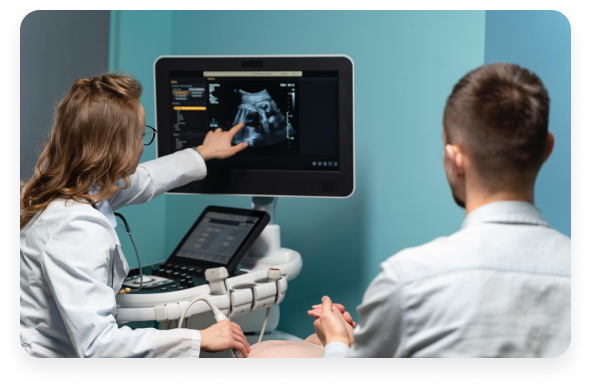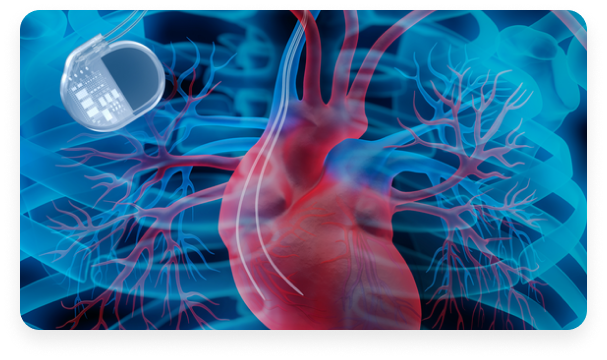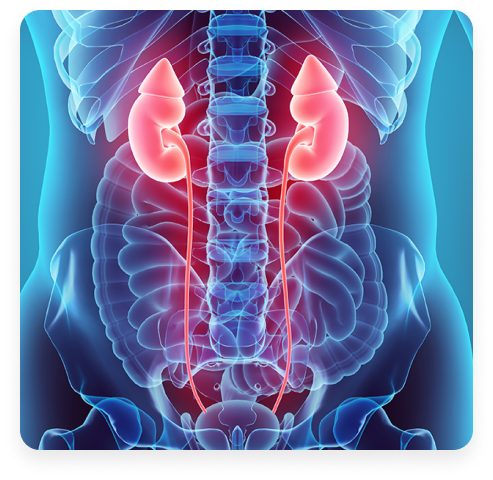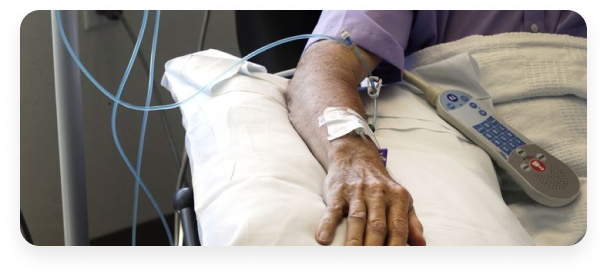COCHLEAR IMPLANT
In few patients who have almost lost their hearing ability or are profoundly deaf, an electronic device can be surgically implanted that provides a sense of sound. This device implant is called Cochlear Implant (CI) or also known as Bionic Ear.
The deafness or severe loss of hearing which is generally caused by some accident or damage to the sensory hair cells in cochlea can be improved by Cochlear Implants. In those patients, they can often enable sufficient hearing to allow better understanding of speech.
The quality of sound is different from natural hearing, with less sound information being received and processed by the brain. However, many patients are able to hear and understand speech and environmental sounds.
Over the last few years, the devices have improved a lot and the newer devices and processing algorithms and software strategies have produced better quality of sound, especially in noise, and patients can now even enjoy music and use their implant processors while swimming.
The high cost of the implant and post-implant therapy is a detriment in the extensive usage of such procedures. But we can see a few patients who have also bilateral Cochlear Implants suggesting implants in both ears. The ENT specialist after doing a series of tests on the profound deaf patients identifies the right candidate for such implants.













